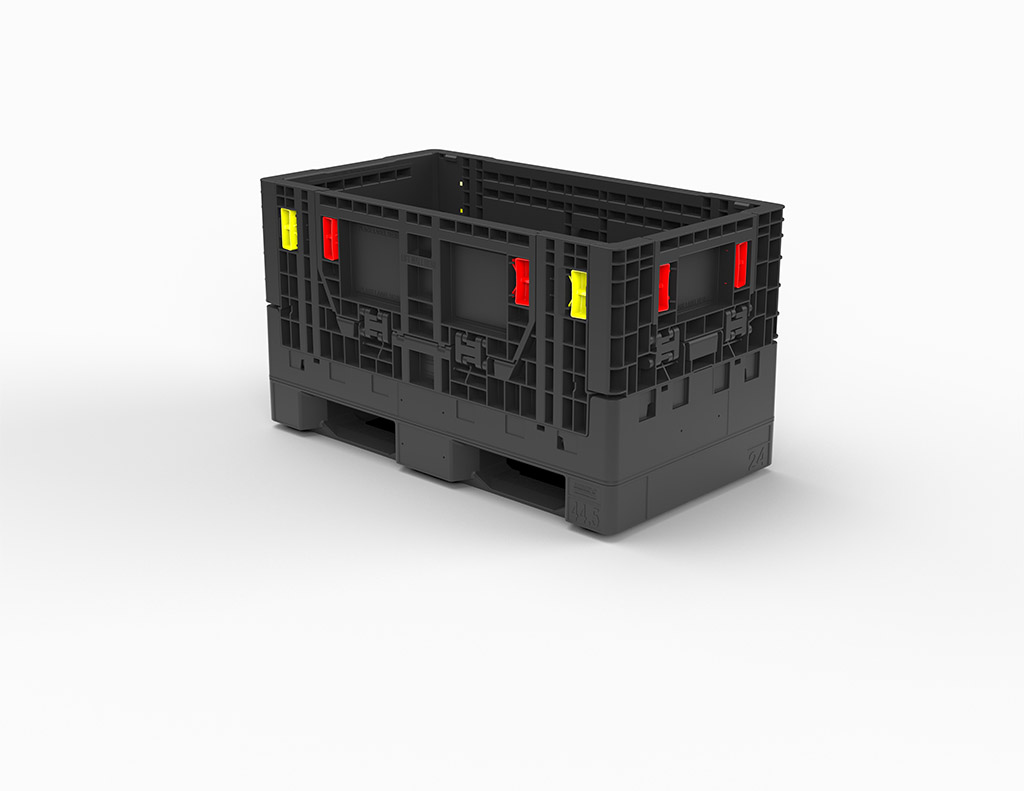Sustainability in Motion – Reusable Containers Transforming Transport
Sustainability in motion is not just a concept; it is a burgeoning movement that is reshaping the way we transport goods and revolutionizing our approach to packaging. At the forefront of this movement are reusable containers, a simple yet transformative solution that is making significant strides in reducing waste, cutting emissions, and enhancing efficiency across various industries. Traditionally, the transportation of goods has been synonymous with single-use packaging — cardboard boxes, plastic wrap, and Styrofoam peanuts that serve their purpose for a brief moment before being discarded, adding to the mounting pile of waste that litters landfills and pollutes our oceans. However, as awareness of environmental issues continues to grow and the imperative to address climate change becomes increasingly urgent, businesses and consumers alike are seeking alternatives that minimize their ecological footprint. Enter reusable containers. These containers come in various shapes and sizes, from sturdy plastic crates to collapsible metal bins, each designed to withstand multiple trips without compromising functionality or durability.

By investing in these reusable solutions, companies are not only reducing their reliance on disposable packaging but also reaping significant cost savings in the end. With each container capable of being reused dozens, if not hundreds, of times, the need for constant repurchasing and disposal is greatly diminished, translating to fewer resources consumed and less waste generated. One of the most compelling aspects of reusable containers is their versatility. Unlike traditional packaging, which is often tailored to specific dimensions or purposes, reusable containers can be adapted to accommodate a wide range of products, from fresh produce to fragile electronics. This flexibility streamlines the logistics process, allowing businesses to optimize storage space, maximize load capacity, and minimize the risk of damage during transit. Moreover, the standardized design of many reusable containers facilitates compatibility across different modes of transportation, whether goods are being shipped by truck, train, ship, or plane, further enhancing efficiency and reducing logistical complexity.
Beyond the immediate benefits of waste reduction and cost savings, the widespread adoption of reusable bulk container is also contributing to broader sustainability objectives, particularly in the realm of emissions reduction. By optimizing supply chain operations and reducing the need for excess packaging materials, companies can significantly decrease the carbon footprint associated with the transportation of goods. Furthermore, the longer lifespan of reusable containers means fewer resources are consumed in their production, further mitigating the environmental impact. However, the transition to reusable containers is not without its challenges. While the economic and environmental benefits are clear, implementing a reusable packaging system requires upfront investment, both in terms of infrastructure and organizational change. Companies must invest in the acquisition of reusable containers, and the necessary equipment and technology to track and manage their use efficiently. Moreover, transitioning away from single-use packaging may require reevaluating existing supply chain practices and forging new partnerships with suppliers and logistics providers.